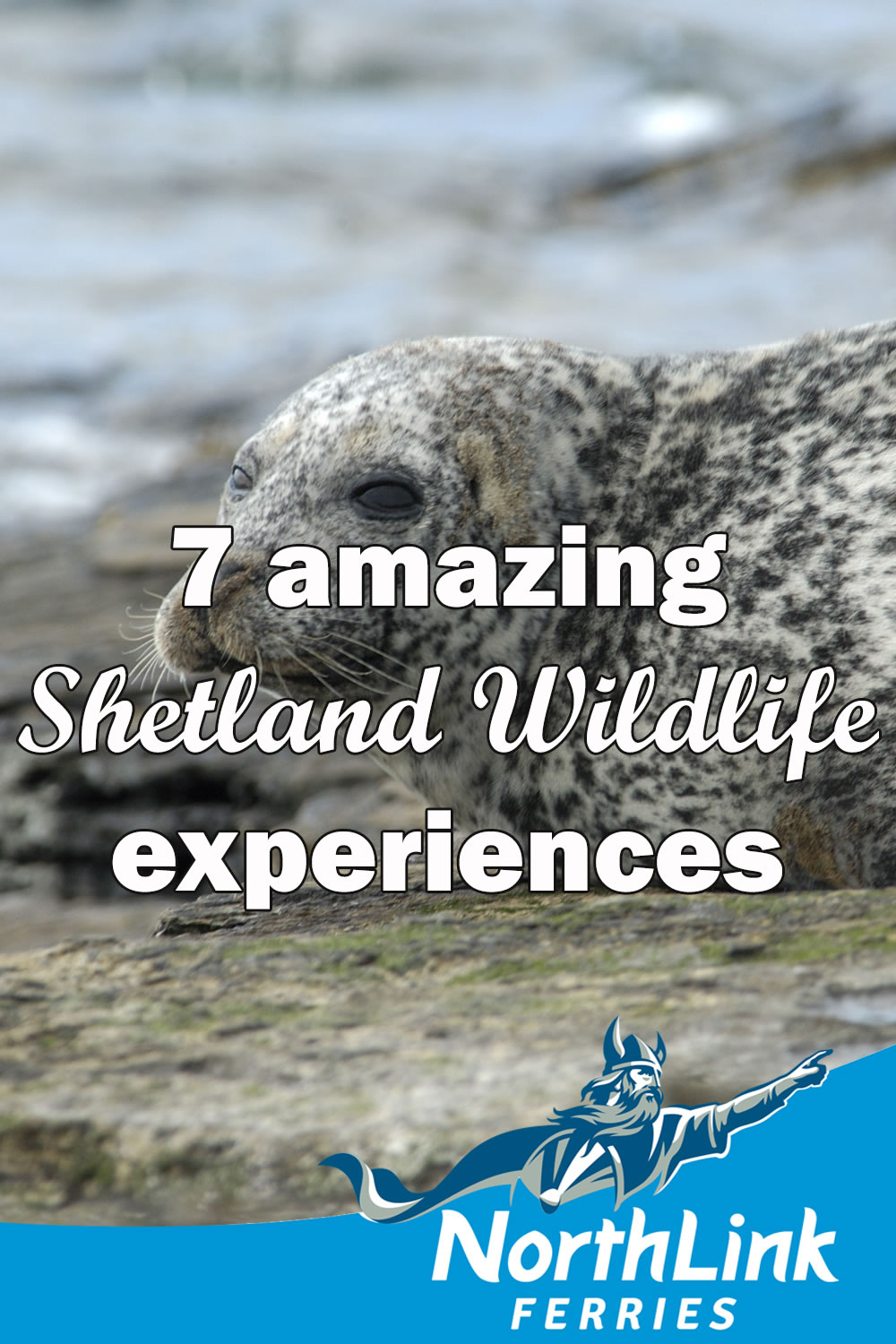7 amazing Shetland wildlife experiences
One of the greatest things about a trip to Shetland is the proximity to wildlife and just that sense that you have moved away from a land of people and into a land of birds, seals, vast landscapes and broad horizons.
Expect to see both common and grey seals hauled up on beaches and popping up to say hello along the shoreline. Did you know that grey seals milk is so rich, that a pup consumes the equivalent of 90 cream buns worth of the stuff every day!
The lure of the islands is strong, and visitors can expect to get up-close and personal to an array of different species and enjoy some of the true wonders of the natural world.
Here are some suggestions about how you can experience nature first hand.
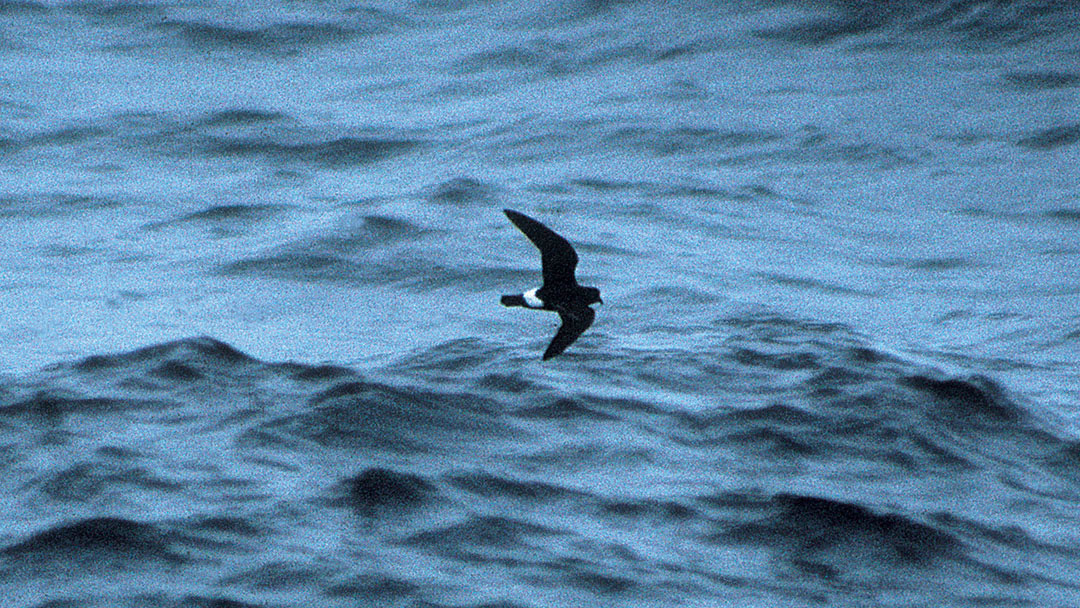
Storm petrels at Midsummer
Midsummer is a fantastic time to visit Shetland, and there is no better experience than an evening tour into the island of Mousa with the Mousa Boat. The Storm Petrel trip at night allows access to a spectacular wonder of the natural world – the return of these small, elusive seabirds to their nesting grounds within the Mousa Broch and surrounding boulder beaches.
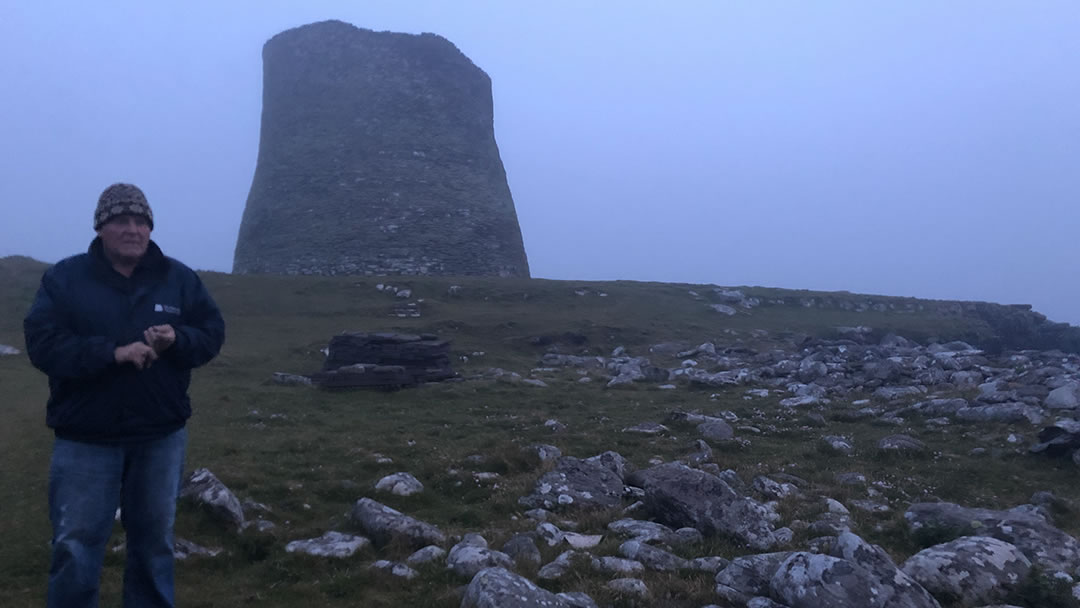
Perhaps what makes this tour so incredible is that the birds return to nest within the walls of a 2,000-year-old Iron Age broch – that has just been voted the best broch in the world! Not only do you see a wonder of nature, but a wonder of archaeology too.
From late May to mid-July, visitors can witness this culmination of archaeology and wildlife, as the birds, with their eerie calls, return to the nest under the twilight of the simmer dim.
Booking is essential.
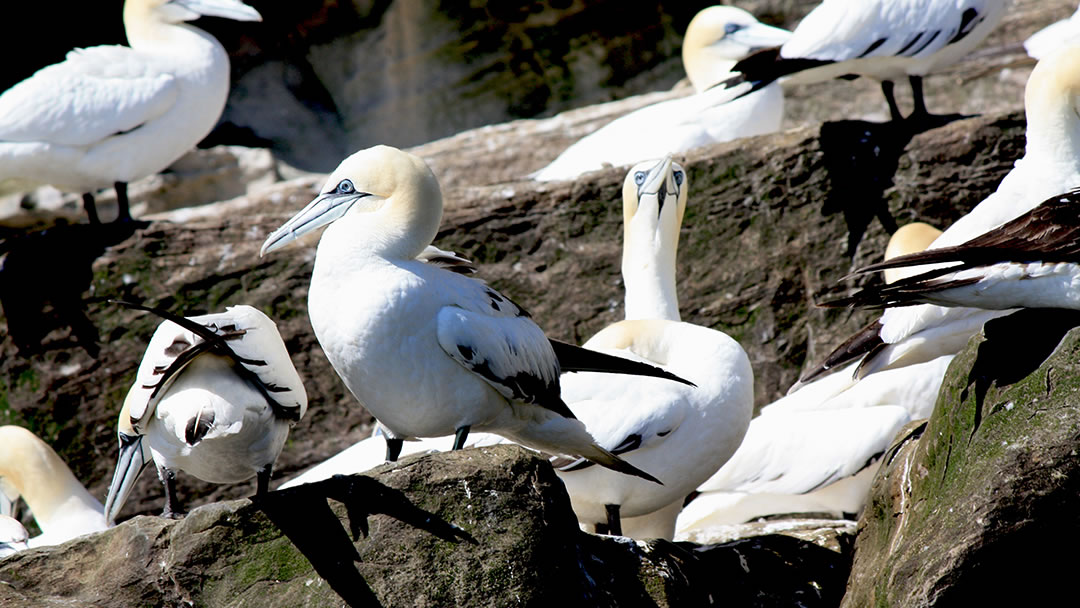
Experience Noss from the sea
Noss National Nature Reserve sits off Shetland’s east coast. It is home to one of the islands’ best gannet colonies, spectacular scenery, sheer cliffs, and other wildlife, including seals, great skuas, shags, and perhaps even a puffin!
Just a short hop from Lerwick, a boat trip is perhaps the best way to get a sense of the bird colonies and meet a few curious seals along the way. Visitors can gaze up at the 180-metre high cliffs and soak in an apartment block of nesting seabirds from the boat.
This tour takes you right into the heart of the breeding grounds, where you can view thousands of gannets nesting on the impressive sandstone ledges and feeding at sea.
These tours only operate throughout the summer months, and booking is recommended.
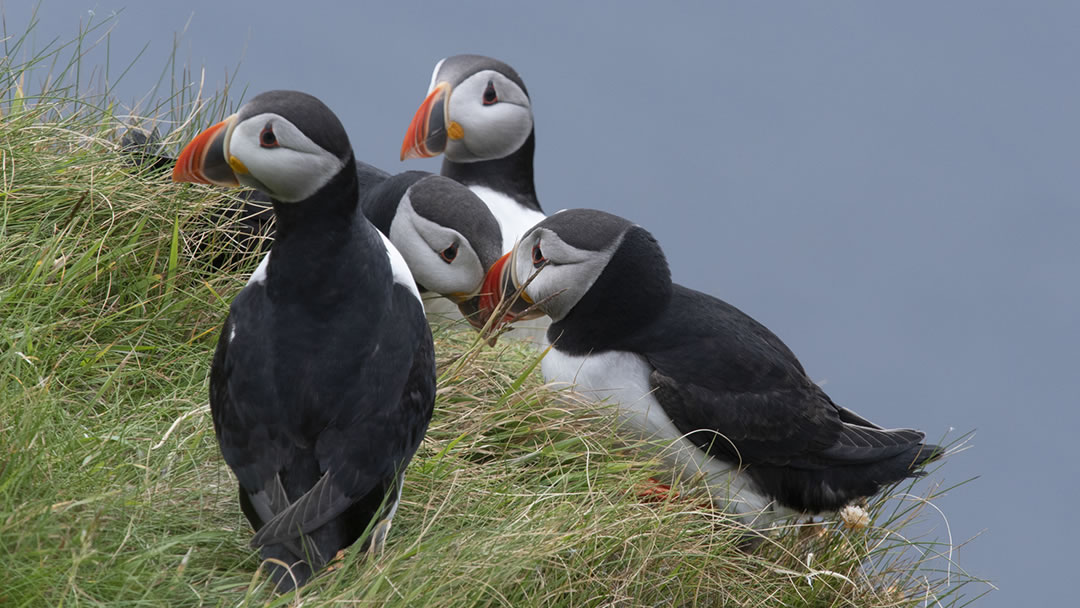
Say hello to the puffins at Sumburgh Head
For many visitors, puffins – or Tammie Nories as they are known locally – are the star of the show. And rightly so, these fascinating and comical little auks are a delight to watch up close. Sumburgh Head is the most accessible place to see them, and the Unken Kaffee that sits at the top of the hill has commanding views out to sea, as well as the best Mandarin Gateau you will ever eat!
Puffins are easy to spot. nesting in burrows at the top of the cliffs where they rear small chicks known as pufflings. Shetland’s other auk species are guillemots, razorbills and black guillemots. These birds will all mate for life, returning to the breeding grounds every summer to hatch out an egg.
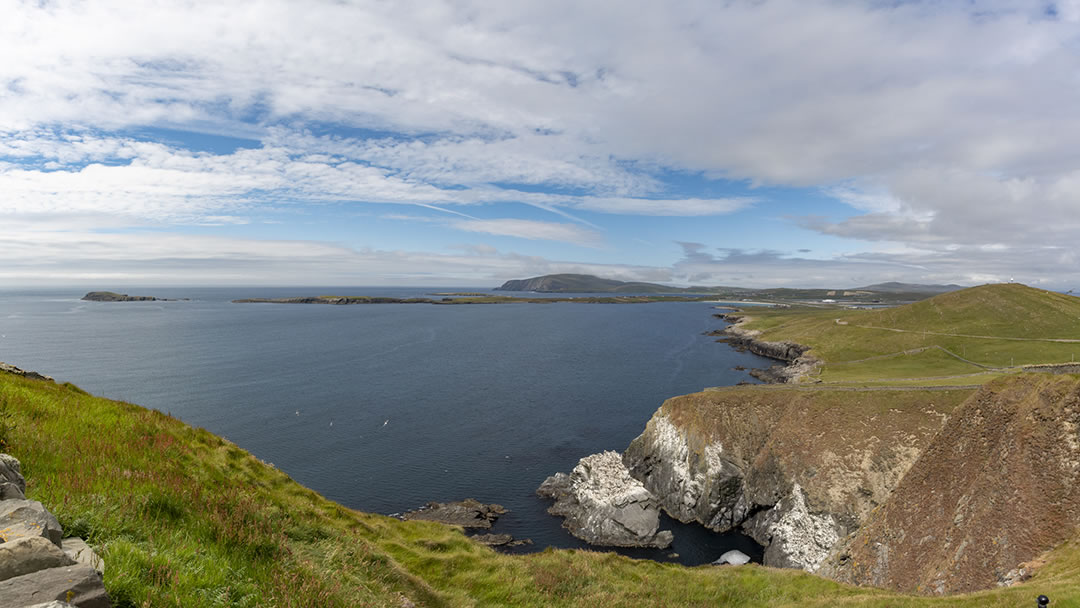
Sumburgh Head is home to an array of breeding seabirds, including; guillemots, shags, fulmars, kittiwakes and puffins. Gannets, great skuas and terns can also be seen feeding in the rich fishing waters around the Head – and be sure to watch out for any passing whales!
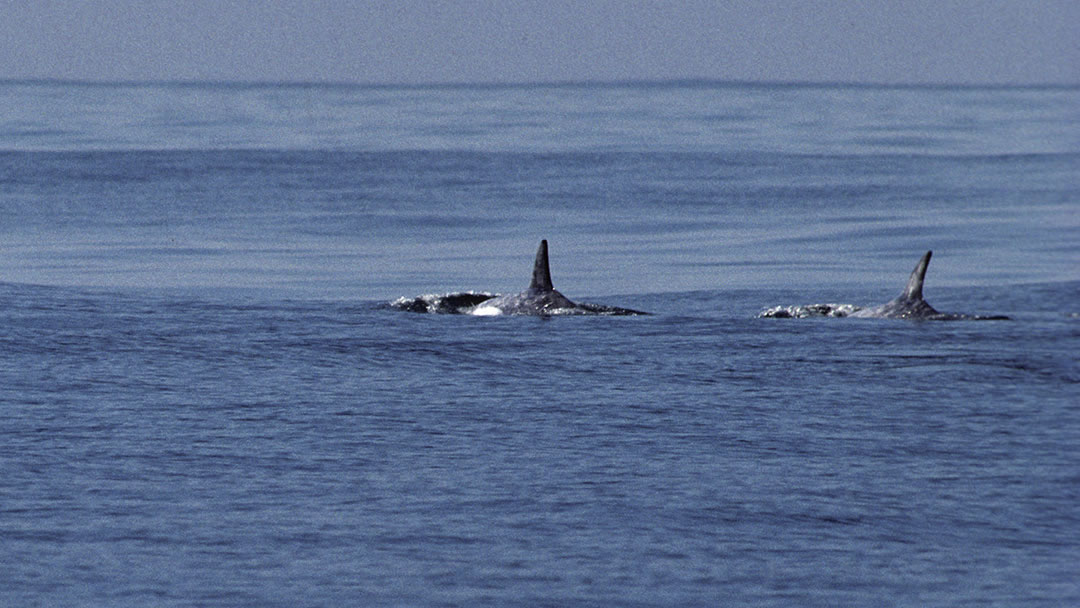
Killer whales
Shetland is rich in marine mammals, and the 27s pod of killer whales are frequent visitors to Shetland’s shores. These can often be viewed from the land at close proximity as they cash in on the abundance of seals and hunt them close to the shore.
It is never guaranteed that you will be lucky enough to see a killer whale. However, there is a Facebook page that will keep you informed if there have been any sightings.
Look out for passing minke whales and harbour porpoises too, and remember to go out on deck when you’re sailing here with us as NorthLink passengers have been known to be treated to a viewing!
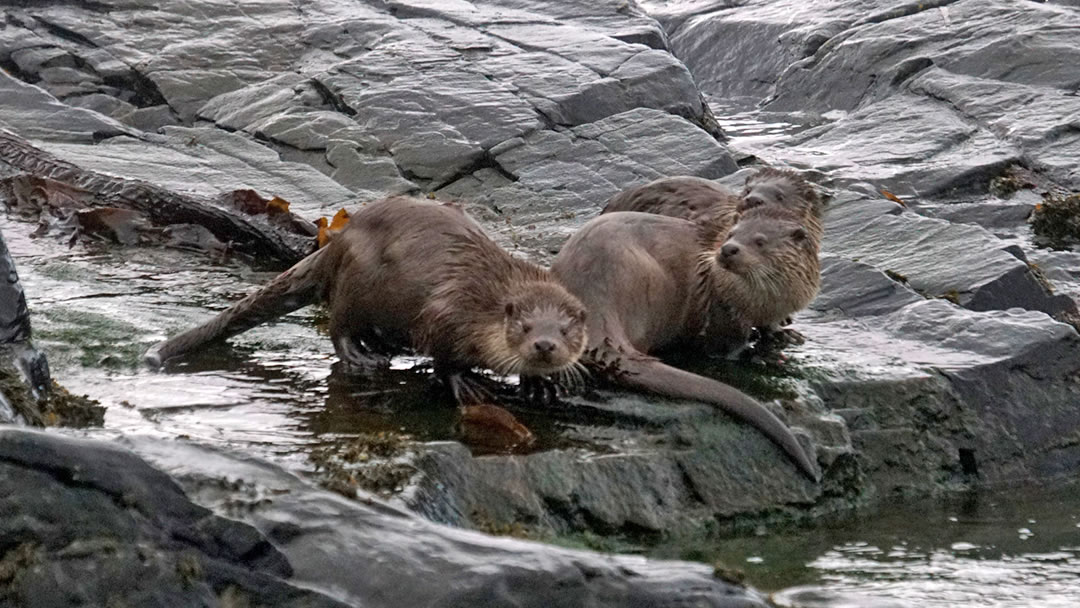
Tracking otters
Shetland is home to the Eurasian otter, an elusive and beautiful mammal best seen feeding on the shoreline on either side of low tide. Shetland has the highest density of otters in Europe, and unlike Mainland otters who prefer rivers and inland waterways, Shetland’s otters have adapted to their environment, living on the salty fringes and feeding at sea.
They are incredibly difficult to track, and the best way to ensure a sighting is to book an expert guide with a tour company such as Shetland Nature, a 5-star wildlife experience. Hiring a guide will ensure that you do not disturb them in the wild and that you can experience them respectfully within their own environment.
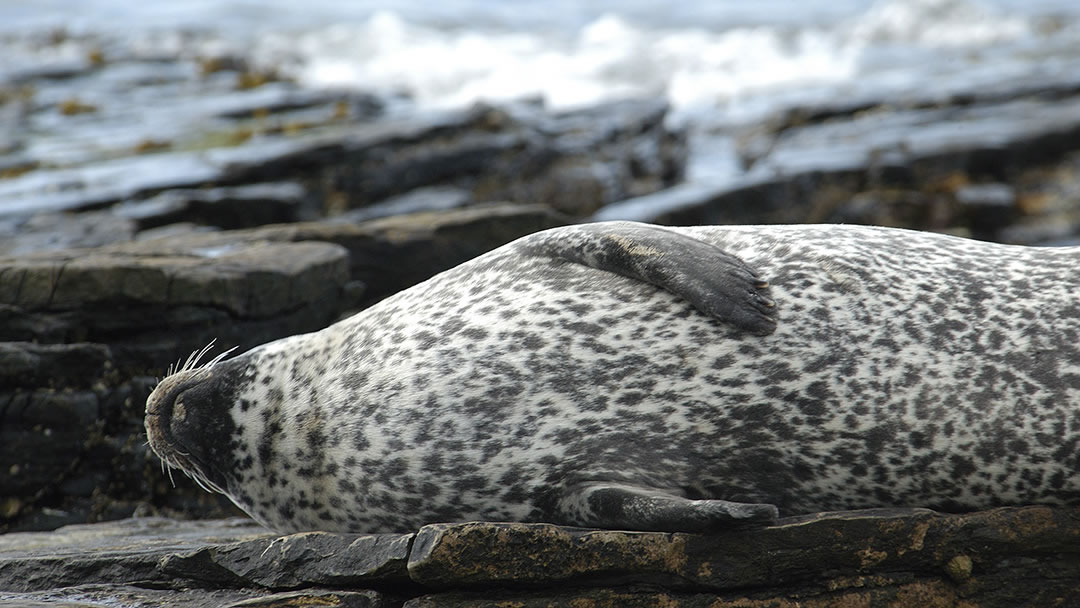
Seals
Seals are common across Shetland, and their numbers are nationally significant. Expect to see both common and grey seals hauled up on beaches and popping up to say hello along the shoreline – you can even see them in Lerwick Harbour!
Did you know that grey seals milk is so rich, that a pup consumes the equivalent of 90 cream buns worth of the stuff every day!
Just remember always to allow them space and privacy in and around pupping time. Common seals pup in June and grey seals pup around October.
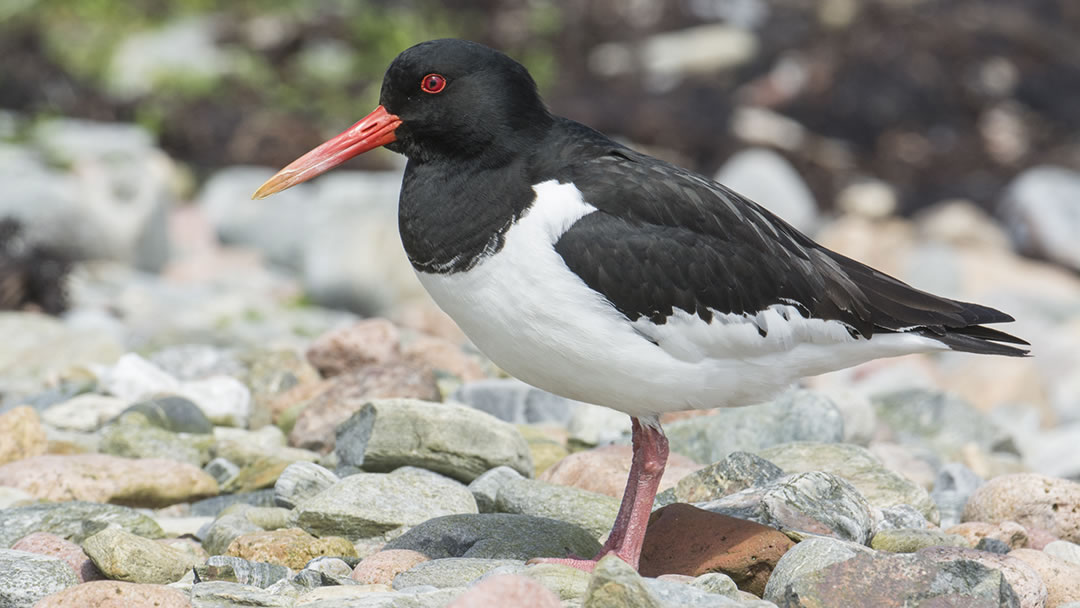
Listen
Lastly, listen to the world around you – do you hear the birds call? Nothing beats standing still and just absorbing the sounds of nature that are all around you in Shetland. Listen for the shrill call of the oystercatcher, the gaggle of fulmars, the haunting call of the snipe, the urgent call of the curlew, or the hopeful song of the skylark.
Finally …
Always remember that, when visiting Shetland and Orkney, it’s important to abide by the Scottish Outdoor Access Code and bear in mind that the presence of humans can have a direct impact on the behaviour of wildlife.
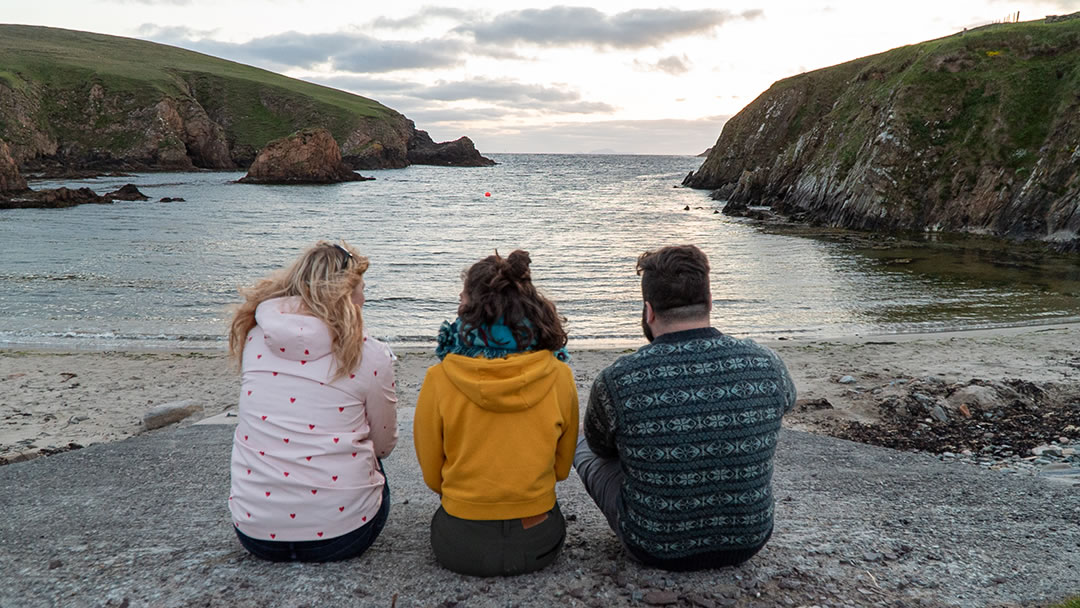
A few tips to remember when viewing wildlife:
- Don’t get too close to nesting birds or their young
- Look for signs of stress or agitation – are they becoming noisy? If so, move away and give them space
- Don’t disturb seals on a beach; always view them at a respectable distance
- When looking for otters, remain upwind so that they don’t pick up your scent
- If in a boat, give pods of whales plenty of space
- Remember not to get too close to cliff edges
- Always leave gates as you find them
- Keep dogs on leads and do not take them into areas where there are breeding birds
- Leave no trace – leave only footprints
Our primary concern should always be to minimise disturbance on individual encounters with wildlife to ensure that their well-being, and even survival, is never compromised.
 By Laurie Goodlad
By Laurie GoodladBorn and raised in Shetland, Laurie loves the unique history and culture there so much that she started her own tour company offering visitors the chance to see the isles through the eyes of an islander. Find out more at www.shetlandwithlaurie.com
Pin it!